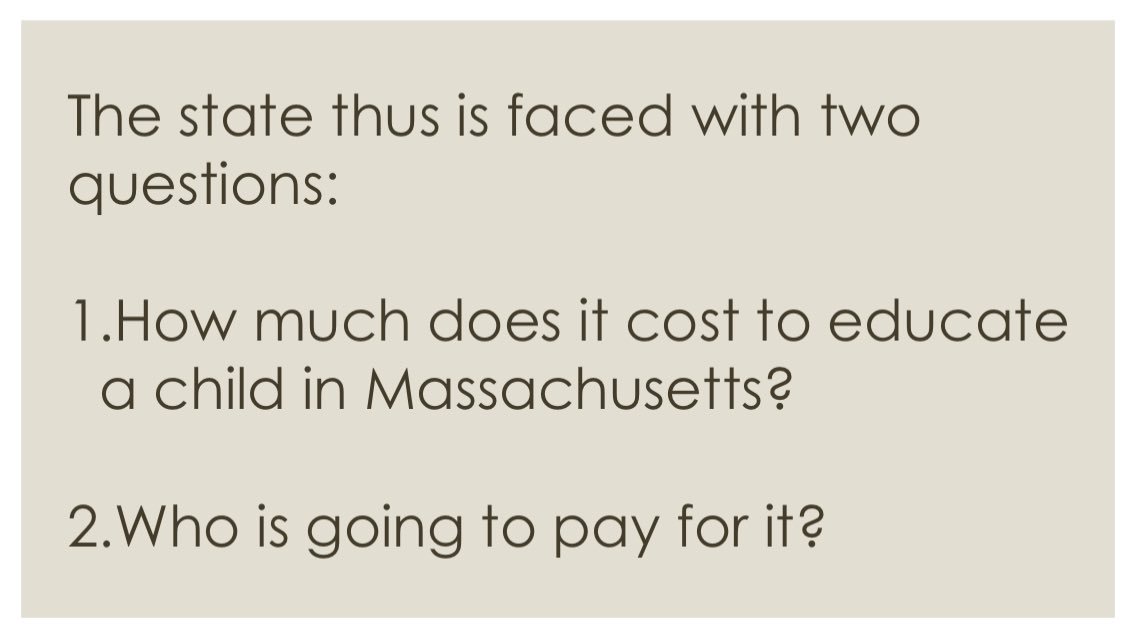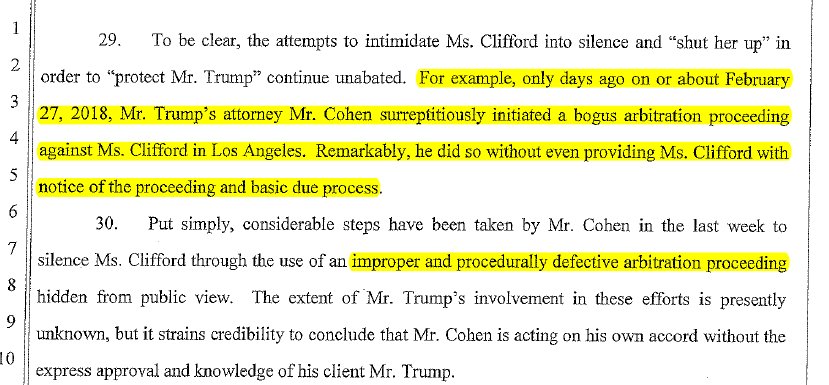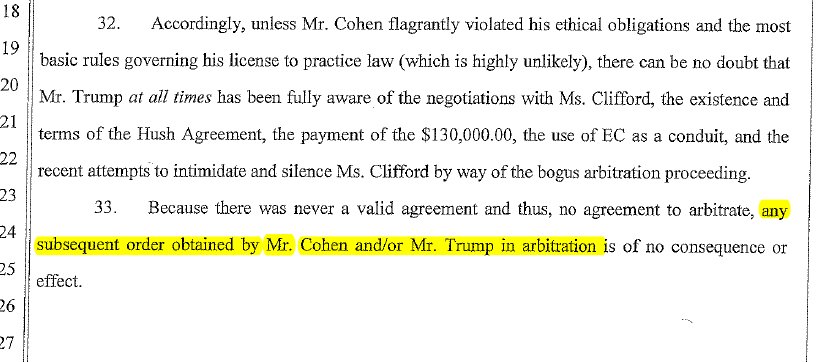And this is nothing official, of course. Just me.
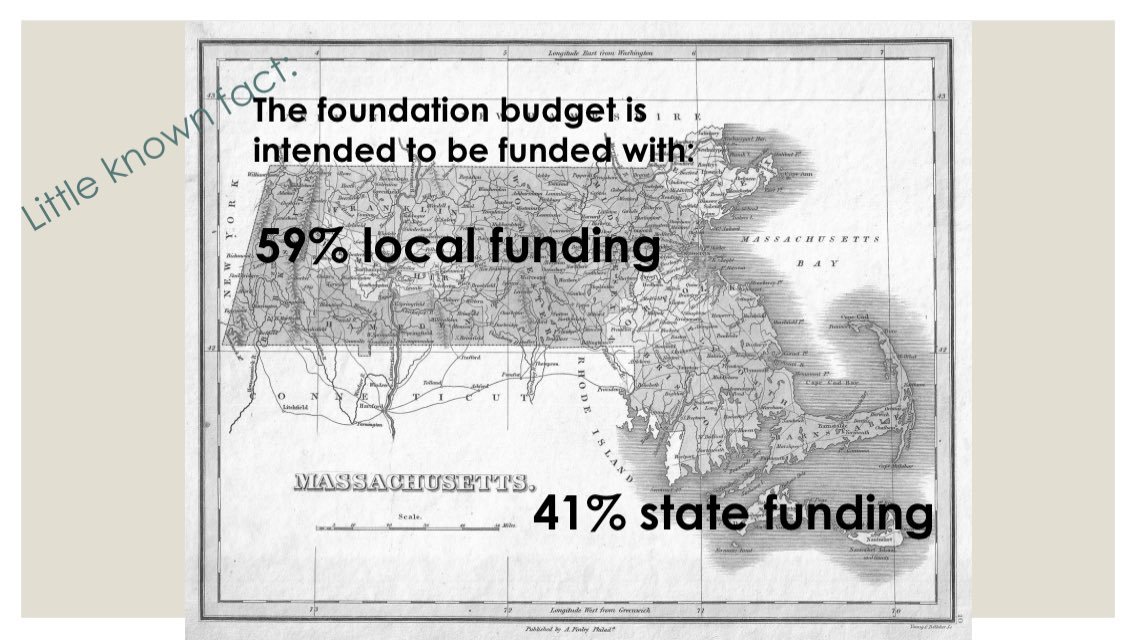
The split of REQUIRED spending, once you add in minimum aid increases and hold harmless, is more like 55/45. The state is kicking in extra and requiring that it go to schools.
The split can stay 59/41, but the actual dollars go up.
In fact, this is what happens every year.
So even as those foundation budgets get higher, they’re going to effectively top out in some districts.
That’s how a handful of districts in the @MassBudget model saw less under Promise than under Governor Baker’s bill.
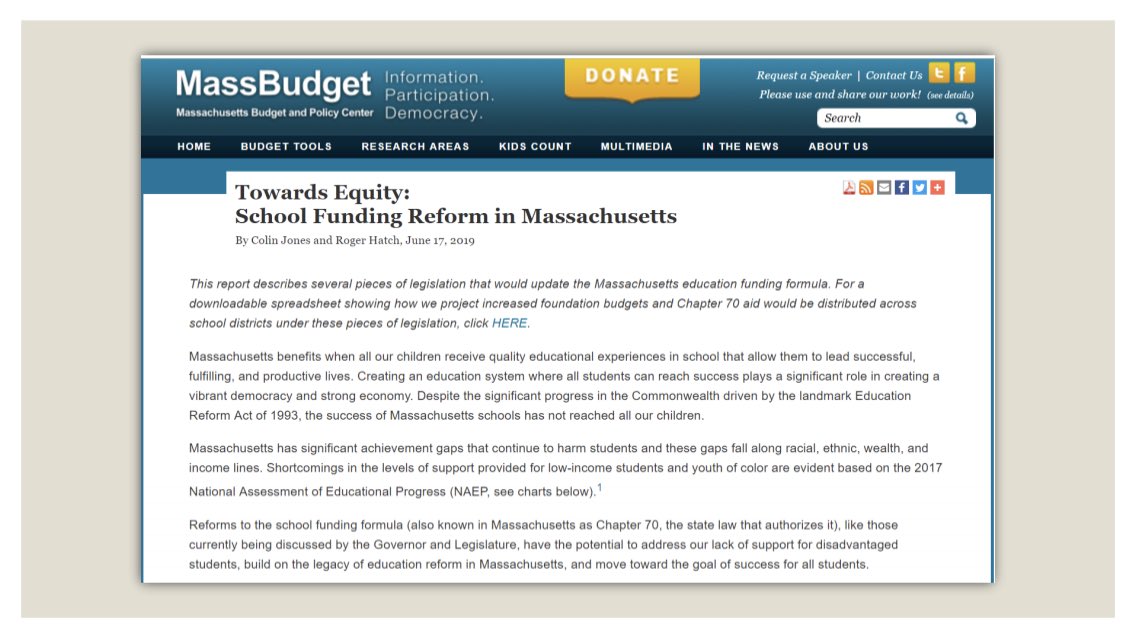
Note it is not the “depending on those minimum increases” districts.
Note that it isn’t the rurals or the shrinking districts, necessarily.
But they are a handful with clout.
/fin


